Assuming ideal non-saturated operation, at DC:

The two currents are the same (current to/from V- pin is zero), so is the voltage across both resistors. Since the ideal model is assumed, \$V_+ = V_- = V_{OS}\$, so:
$$\frac{V_A}{2}=V_{OS}$$
The current indicated will be 2000 times smaller than the current across the 1 kOhm resistor. So, considering only this larger one, for simplicity, the voltage across the third resistor would be 1000 times larger than \$V_{A}\$, so, also disregarding \$V_A\$ (when compared with \$V_O\$):
$$V_O \approx 2000 V_{OS}$$

That's only the DC analysis and considering the input resistance of the op. amp. >> than 1 MOhm.


